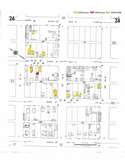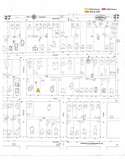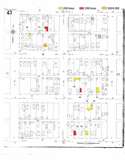Mapping Historic Neighborhoods
During the first several decades of the twentieth century, African American communities developed in several of Montana’s larger cities. Butte, Billings, Helena, and Great Falls all maintained a black community numbering over a hundred individuals, creating vibrant and dynamic societies. Missoula, Anaconda, and Bozeman saw fewer residents, but still had established communities. Smaller cities, including Miles City, were home to relatively few African Americans, but those individuals and families that did take up residence became pivotal members of their locale’s development and culture.
The links below lead to annotated images of historic maps produced by the Sanborn Fire Insurance Company (all maps were drawn prior to 1925 due to copyright issues). Using information gathered from the 1910 and 1930 census, properties depicted on the maps are highlighted and keyed to information about the black residents who that lived there during those particular years.
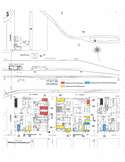
Anaconda
African Americans living in Anaconda around 1910 predominantly lived and worked in the downtown district. Many lived in tenement style rooms along Commercial, Park, Oak, and Main Street. More established families usually bought or rented houses in residential neighborhoods. By 1930, African Americans had carved out a small enclave on the north side of the railroad as their neighborhood. Most houses owned or occupied by African Americans stood on North Locust, North Hickory, and North Maple Streets.
Billings likely had local ordinances, or at least understandings, that African Americans could only own property in the city’s Southside neighborhood, just west of the refinery, and south of the railroad tracks. The neighborhood established itself around the home of Walker Browning, which he built in the 1880s, at 106 South 25th Street. Between 1910 and 1930, in the six square blocks surrounding Walker Browning’s home, nearly one third of the buildings were home to African American families, 24 structures total.
Bozeman never truly developed a residential neighborhood of African Americans. From 1910 to 1930, most black families lived on the Northside, though not particularly near one another. The homes of Bozeman’s most famous black residents, Samuel Lewis and Richard and Mary McDonald are both situated in the city’s Southside neighborhood.
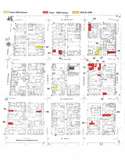
Butte
Butte features several different neighborhoods that African Americans called home between 1910 and 1930. A large neighborhood exited between the African American Bethel Baptist Church and Shaffer’s Chapel African Methodist Episcopal Church several blocks apart on Idaho Street. The Emma Mine neighborhood near Montana Ave and South Main on Gold, Porphyry, and Mercury Streets also flourished in the 1910s. And a more middle class neighborhood uptown on West Park and West Broadway also existed in the 1920s.
The city of Great Falls had local ordinances making it illegal for African Americans to live outside the Southside district. All of the city’s 200-plus black residents lived in a ten square block neighborhood, centered on the Union Bethel African Methodist Episcopal Church. The Church was established in 1890 by pioneer, Ed Simms. The black neighborhood formed around the Church in the decades that followed.
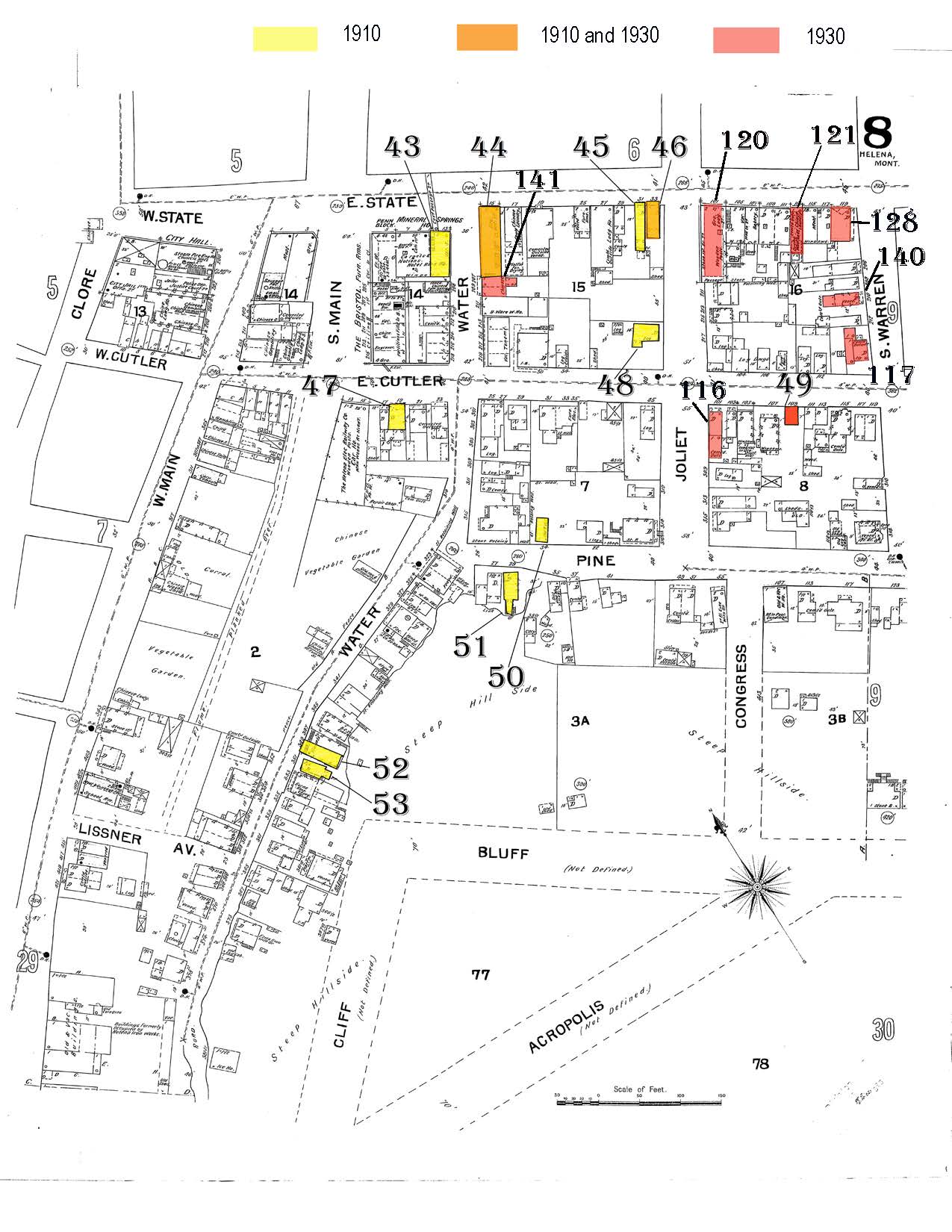
Helena
During the first half of the twentieth century, Helena’s African American population lived and worked throughout the city. Most of the black-owned businesses, however, were located along South Main Street, and the neighborhood on the hill above was home to many members of the community. Several families of former soldiers who had been stationed at Fort Harrison purchased houses in the northwest part of town, while others owned and rented homes closer to the AME Church on 5th Avenue. The city’s African American population peaked around 1910, and dwindled significantly after 1930.
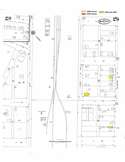
Miles City
Miles City lacked a real black neighborhood. Most of the city’s African Americans were young men stationed at nearby Fort Keogh, or railroad workers. Very few families lived in Miles City between 1910 and 1930. The largest concentration of homes was near local chef Dan Hurt’s residence on Atlantic Avenue and nearby Yellowstone Avenue.
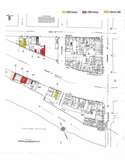
Missoula
Missoula saw their black population grow with an influx of Buffalo Soldiers retiring from Fort Missoula in the late 1890s. While many black families lived throughout residential Missoula, a small enclave connected to the Dorsey Brothers, who were former soldiers, established itself in the Northside Railroad Historic District.
